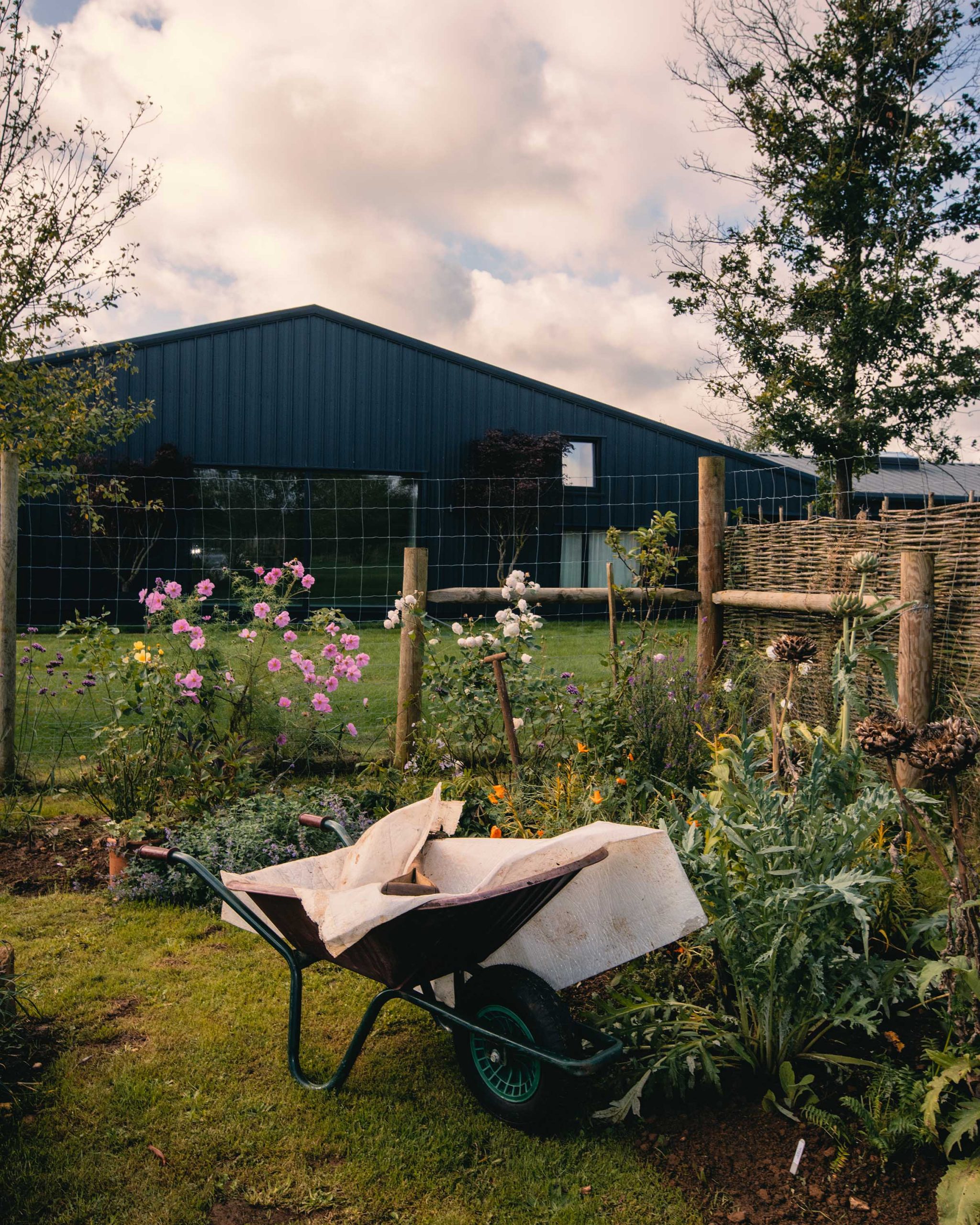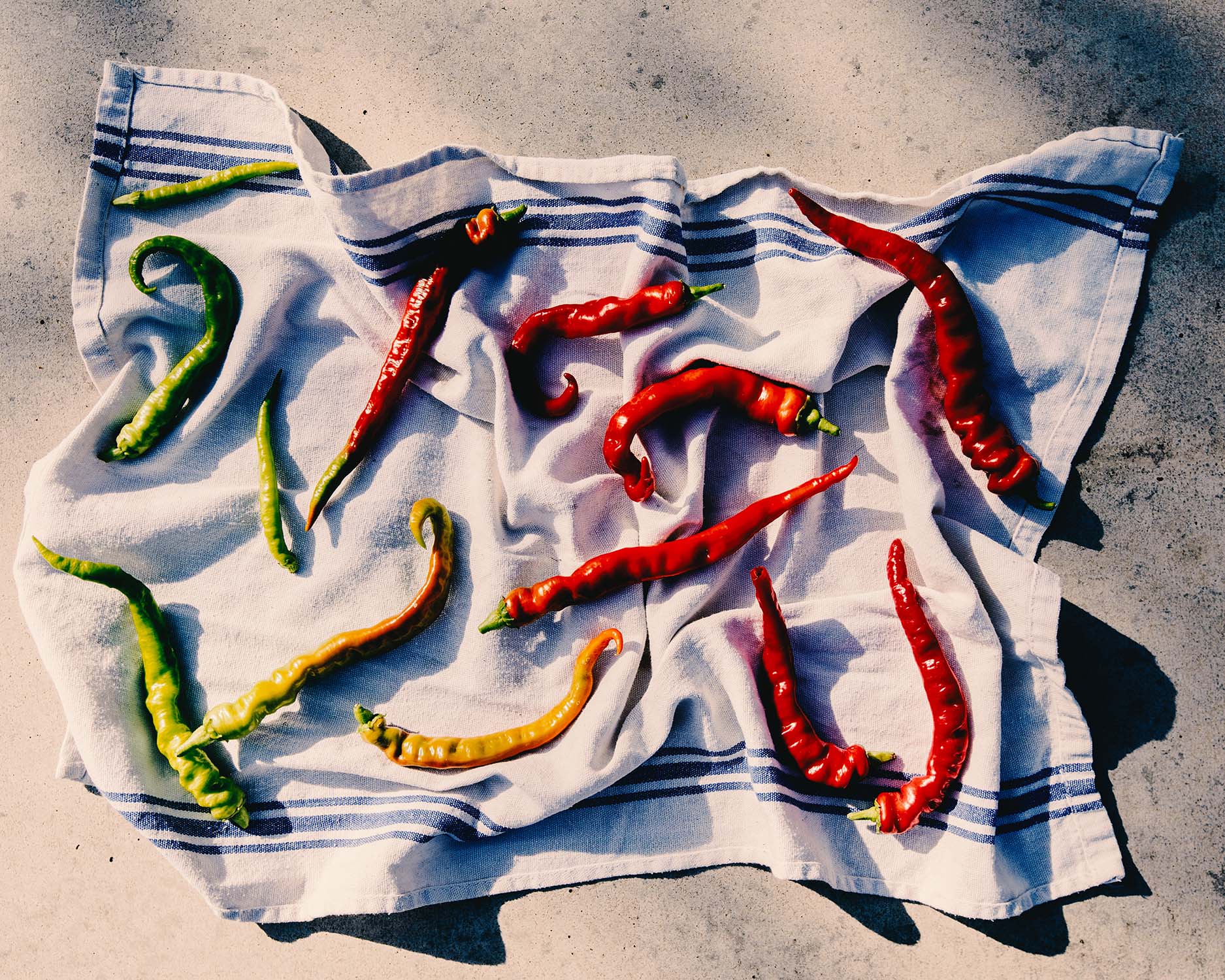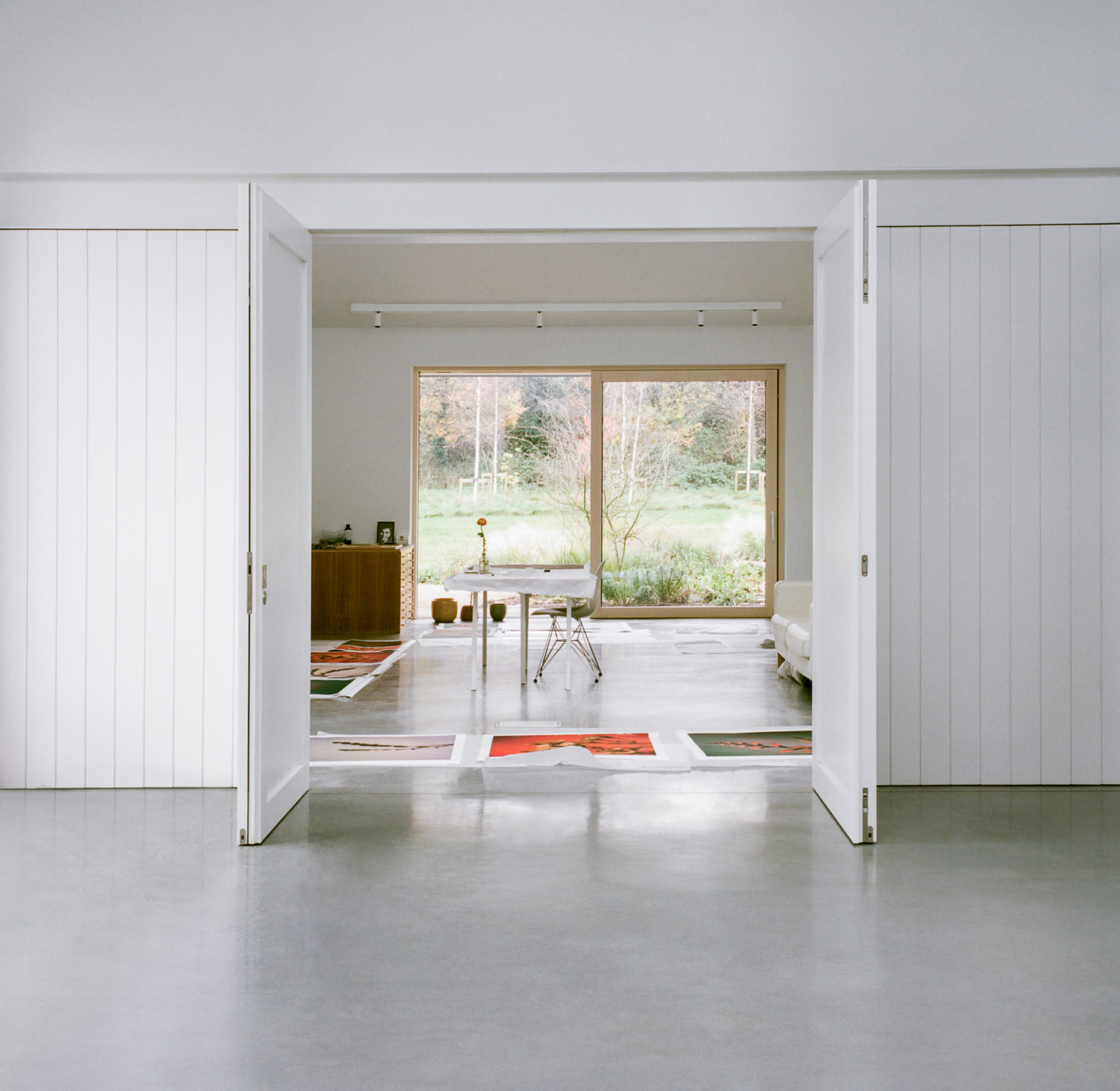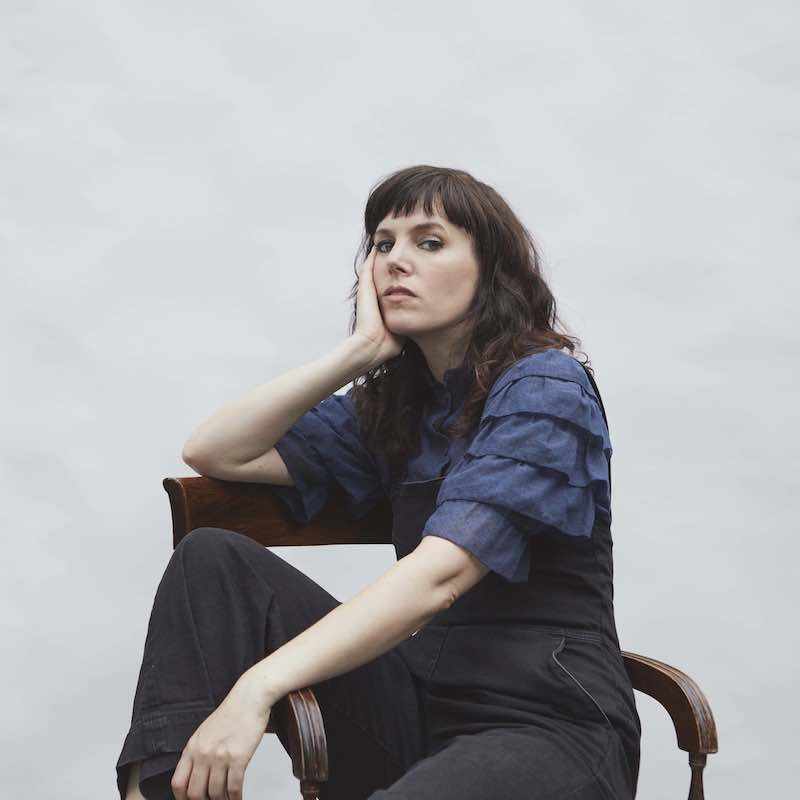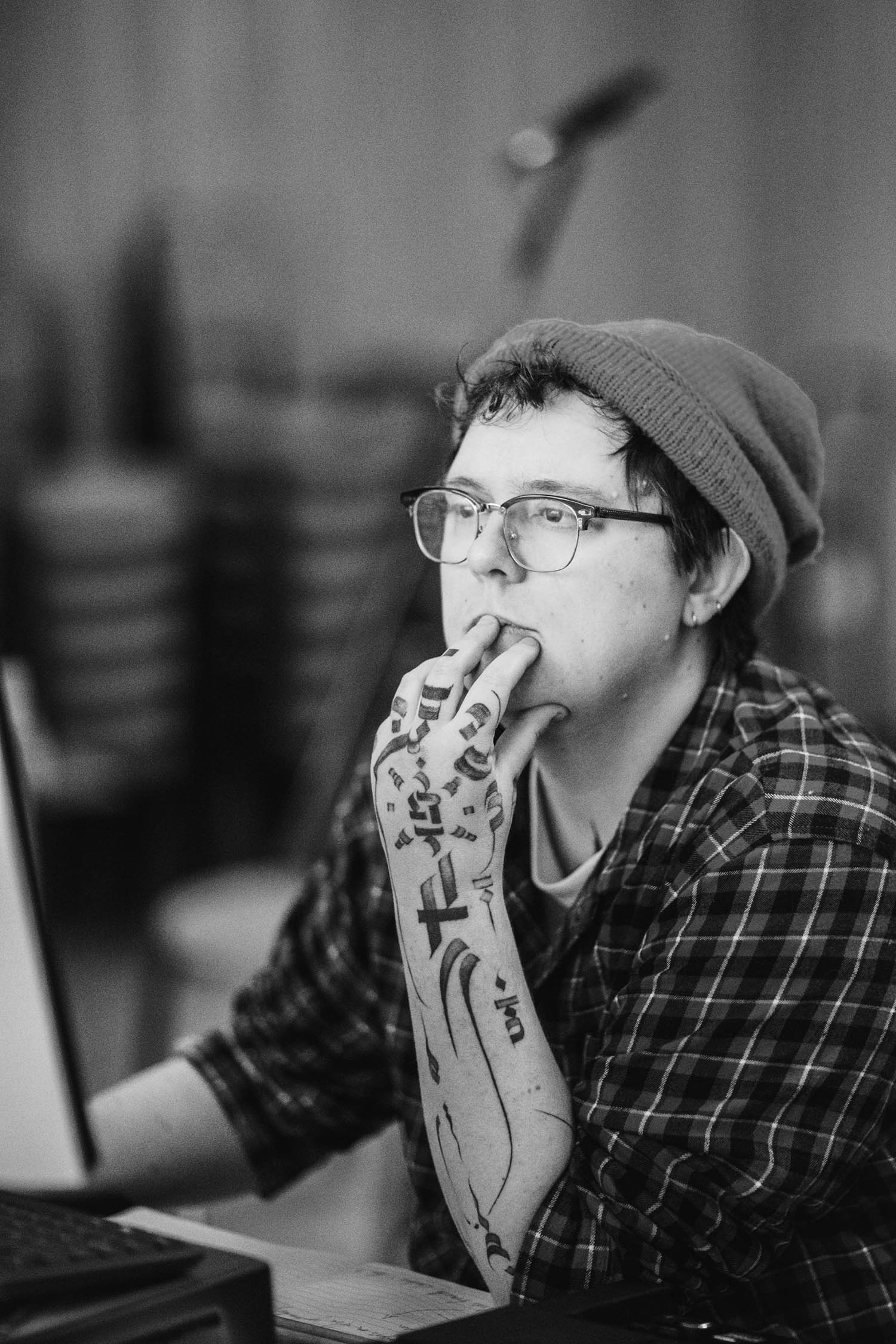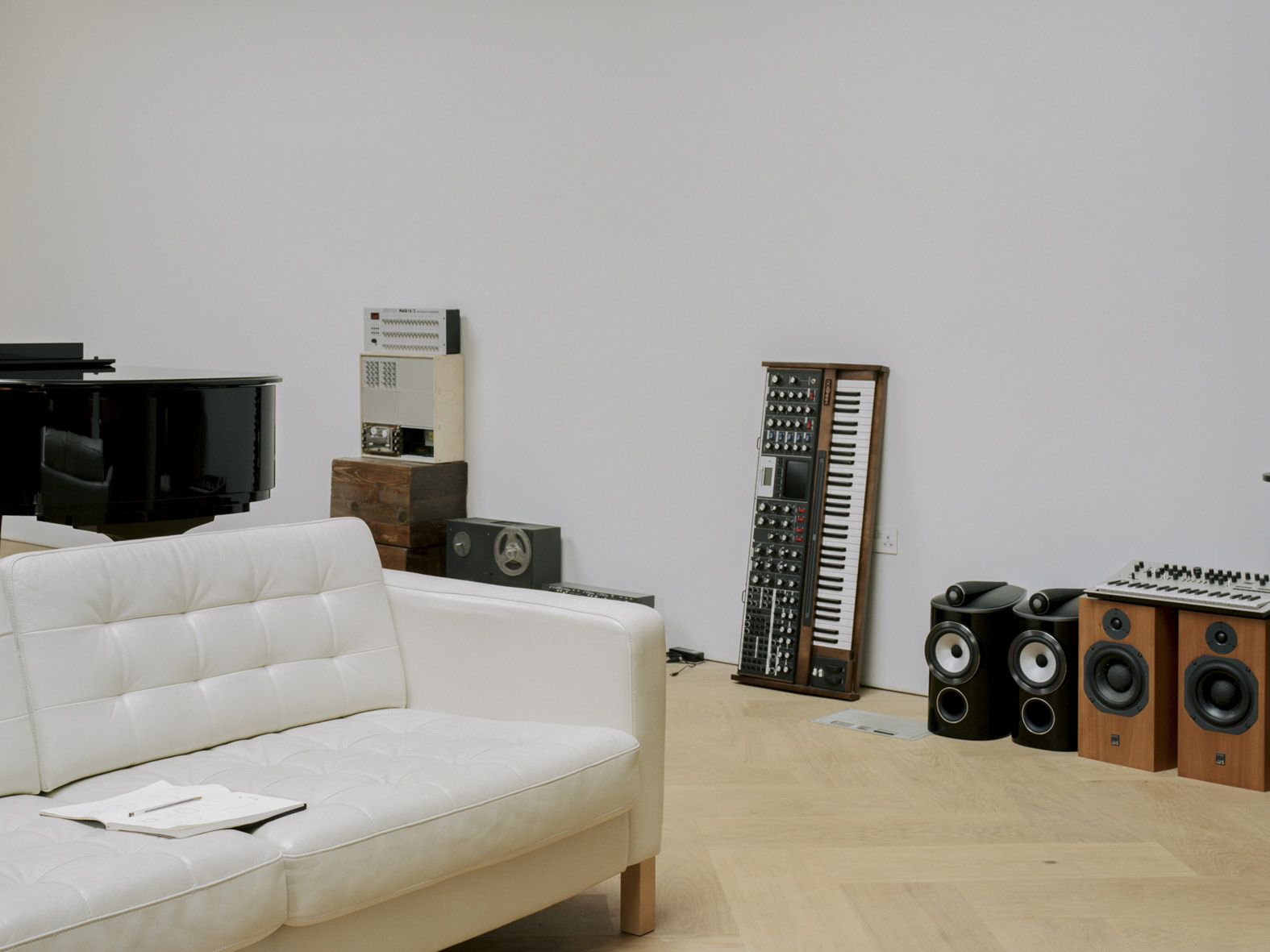When Max Richter and Yulia Mahr first acquired the land to develop Studio Richter Mahr, the first thing they thought about was where the kitchen would go. “When you first walk in, you come into this very big, open, bright space, with the kitchen opening immediately onto it,” says Yulia. “The table is the central element. That’s the first thing you see.”
Yulia was born in Budapest to a Chilean mother and Hungarian father, and the dining room was central in her upbringing. “All the households had a lot of different generations in them,” she explains. “There was my great-grandfather, my grandmother, my two aunts, their husbands, my mother, my father, and me — all in this one flat. Under the regime at the time, you were only allowed a certain square footage, so we had a limited amount of space. It was probably really difficult for the adults, but for me it was lovely. You had this feeling of community. Everything was infused with that South American mentality where food is central to existence. My earliest memories — my fondest memories — are of sitting in that kitchen surrounded by the buzz of life and the sounds of cooking.”
SRM is located in rural Oxfordshire on the site of a converted alpaca farm. The studio is not only used by Yulia and Max for their own creative practices, but also a handful of full-time staff members and rotating artists-in-residence. It was important to the co-founders that all of the building’s occupants should be able to participate in lunches together, eating food prepared daily by SRM’s in-house chef, Hannah, from produce grown in the site’s own gardens. “I wanted it so that real community and real communication could happen around that kitchen table,” says Yulia. “We have our lunches together. Everyone can sit down and talk with whoever else is visiting the table. It really produces that feeling of relaxation, where there are other imperatives apart from some external deadline.”
SRM’s design follows minimalist principles, with an emphasis on openness, natural light, and muted colours. “We carved out this big, voluminous centre space with rooms coming off it, much like our flat when I was a kid,” says Yulia. “That openness and lack of visual stimulation allows for everything else to be quite stimulating. It’s a big white space, everything’s made from wood or painted white, and for us that’s proved to be very conducive to lots of chatter and lots of presence.” Though technology is mostly hidden in the studio, one prominent piece of tech sits in the kitchen — the coffee machine. “When we had the building plan, that was the first thing Max cited: ‘That’s where the coffee machine sits.’ And you know what? Everybody uses it!’
Yulia first moved to England with her mother at the age of seven, where her interest in gardens first developed. “When I first moved to the country, my mum answered an ad in Time Out for a single mother and child — either a refugee or immigrant — to work in the gardens of a communal house,” she says. “There was a guy there called Nigel Finch who was a director and producer at BBC’s Arena; he also directed Stonewall. He taught me how to garden when I was very young, before I even spoke English.” Yulia’s interest in artist gardens, such as Derek Jarman’s Prospect Cottage, Frida Kahlo’s Blue House, Vanessa Bell’s Charleston, and Ian Hamilton Finlay’s Little Sparta, also influenced SRM’s approach. “They’re not vegetable gardens, but the idea of what it means to situate your art practise within that kind of environment is very much a part of my psyche,” she says.
Max and Yulia have known SRM’s gardener Wendy since 2015. Wendy didn’t have prior experience growing vegetables specifically, but when they acquired the alpaca farm site, they asked if she’d take on the challenge. “Wendy is so passionate about gardening,” Yulia says. “She talks to the flowers, she talks to the land, she is completely committed with every cell in her body towards the earth. That’s what made me talk to her straight away about growing vegetables.” They started with a tiny plot of land to test the idea out, gradually increasing the size by one vegetable patch at a time. There were issues, initially. “The building was called Quarry Barn before we took it over,” says Yulia. “We’re on the edge of a quarry. We have a lot of rock here. The land has huge boulders immediately under the topsoil.” But these obstacles only helped further their understanding of the land. “I was keen to embrace a way of growing that doesn’t deplete the land further,” says Yulia. “We’re using a no-dig method, which is very much about compost and composting and reusing the earth, so moving what gets planted where and reusing the earth to keep its sustenance going. The other thing was I was keen for it to be totally organic; there are no chemicals anywhere near it. So that’s about learning to live with whatever else is in our environment and accepting some of it, while trying to get rid of other bits — but with ladybirds for aphids, not pesticides.”
